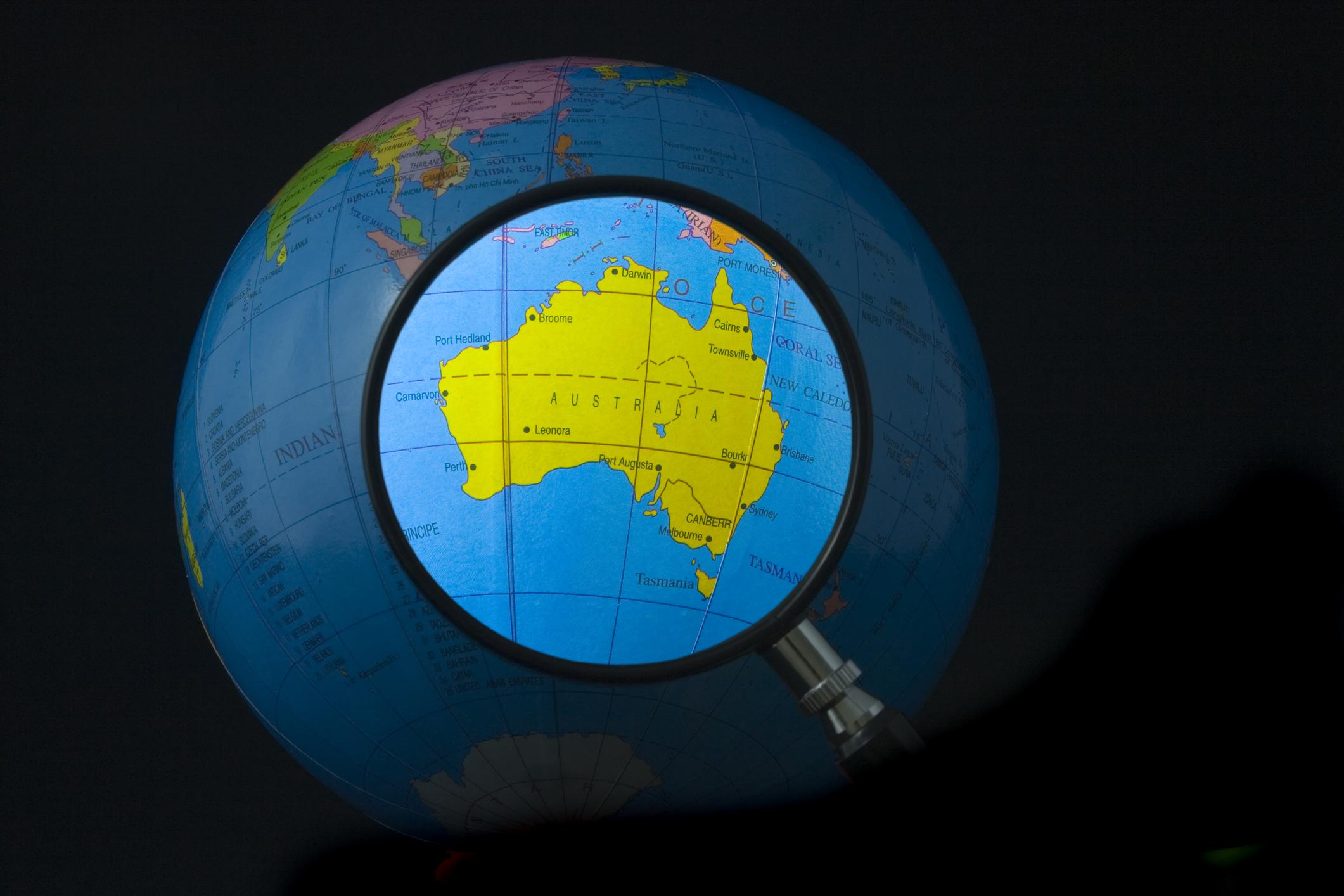Capabilities, Communication and Credibility: The Deterrence Equation Applied to Australia
Recently, I met with Dr. Andrew Carr of Australian National University to discuss the way ahead for Australian defence policy.
There is much change underway for the ADF, but the focus has been largely upon capabilities, either adding them or dropping them.
For example, the government is committed to a new submarine for Australia, namely an SSN from the United States and then an AUKUS designed and built next generation submarine, and at the same time the government has cancelled the fourth squadron of the F-35 along with other programs to find ways to pay for this new capability.
But as Carr underscored: Capability is not the same as deterrence. Deterrence is really a function of capability plus credible policy making and effective communication with adversaries and competitors before, during and after a crisis.
What the 2024 National Defence Strategy has provided is largely a capability discussion but, in that review and the conversation ever since, the focus is upon deterrence, but in a very vague manner.
We need to unpack how the Australian government intends to deter adversarial actions against Australia, and simply adding a new capability, in this case SSN’s really does not begin to answer the question of what Australia is deterring.
This is what the 2024 NDS says about Australian deterrence policy: Deterrence, is now Australia’s primary strategic defence objective, and that our defence strategy seeks to deter any actions that could lead to conflict or coercion or direct military action against Australia.
Carr then underscored that this is new ground for Australia. We didn’t do deterrence in the Cold War. It just wasn’t part of how our defence strategy was organized.
And we never have really had to do it on behalf of someone else.
And that means that our language is not focused on clarity with regard to threats or how we would deter or deflect them with the three C’s: Capability, communication and credibility.
Carr argued that a new SSN capability for Australia clearly adds capability to the ADF. But its contribution to deterrence is not as clear.
He noted that much of the effort to redo the ADF and its infrastructure is in the North of Australia, with new SSNs coming a decade down the road, and don’t add to the deterrent value of changes in the North.
The partnership language in the region by the ADF and the government and working with the Archipelagic nations like the Philippines and Indonesia could be part of a deterrence stated posture, but to date it has not been stated in such terms.
But this is also gets to the credibility question: what can the ADF and Australia as a nation credibly do to defend themselves against gray zone and other efforts of China in the region?
Where is Australia hoping to project credible power across Australia and into the region?
The government has clearly wanted to own all discourse on defence and has put a lid on the military but at a cost whereby there is little clarity about the focus of the deterrence effort.
And frankly, I think the conflict in the Middle East is a major challenge to both the American and Australian governments. Israel has been fighting a seven front war while the Biden Administration continues calls for a ceasefire with Israel’s and the West’s adversaries with no clear end point that would secure Israel’s sovereignty against the Iranians and their proxies.
How Western governments handle this is a key part of the communication for deterrence equation.
The question then from Carr’s analysis can be put bluntly: What is Australia really concerned about from a deterrent perspective?
The question clearly remains to clarify how the SSN capability relates to an answer to that question.
He mentioned the case of the Christmas and Cocos Islands. He argued: There’s been a long running public discussion about the fact that these islands have always been vulnerable to an enemy attack.
The Australian Defense Forces capacity to retake them, if need be, would be incredibly difficult.
We’re investing $100 million into the Cocos Islands for development, but the money alone is not enough.
The capability alone is not enough.
There needs credible communication that this is Australian sovereign territory, and we would pay the costs necessary to reclaim them.
Another example he provided was of the RAAF base Butterworth located in Malaysia. This is a legacy of the UK’s days of empire, but now the context is very different. But how does this base fit into Australia’s defence strategy and how is it incorporated into a deterrence strategy?
In short, although vagueness in articulating a deterrence strategy is important, unhinging it from capability enhancements means that a state cannot communicate an effective strategy. For Dr. Carr this a key challenge which the Australian must meet head on and is not something which enhancing the capabilities of the ADF alone will solve alone.
Credit Graphic: ID 2280473 | Australian Map © Yong Hian Lim | Dreamstime.com

